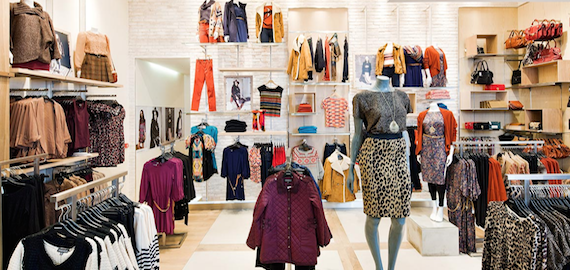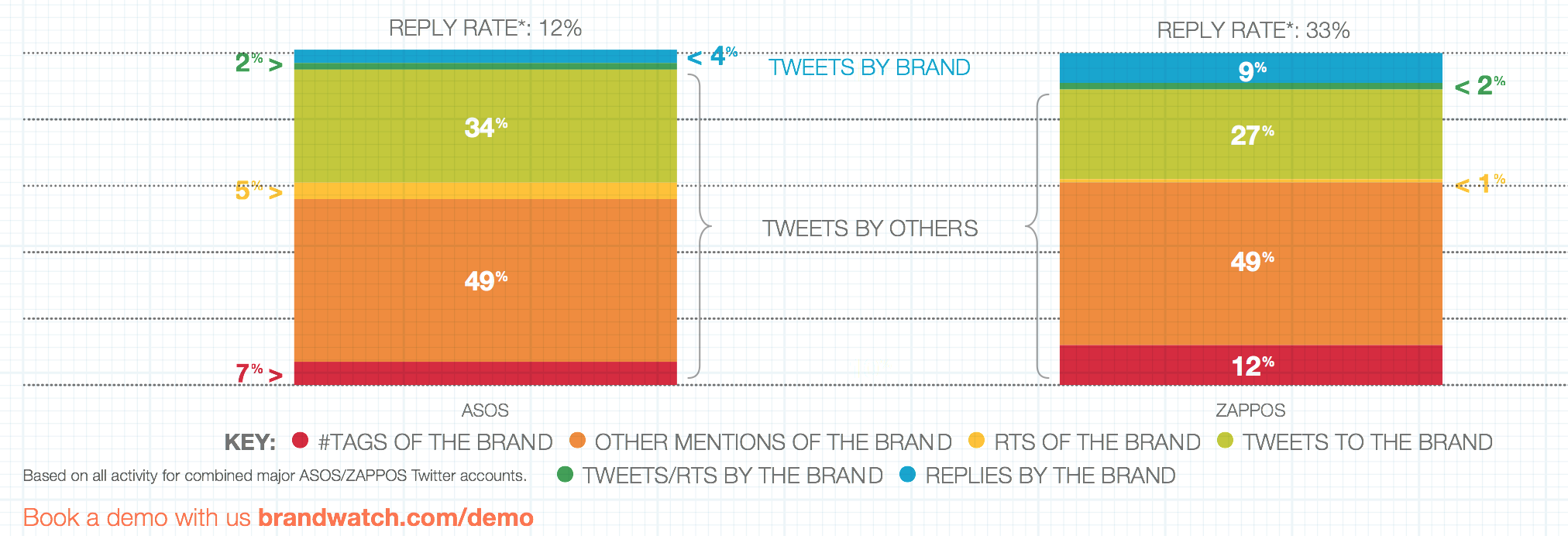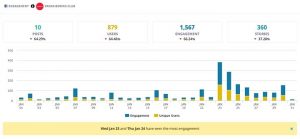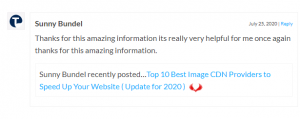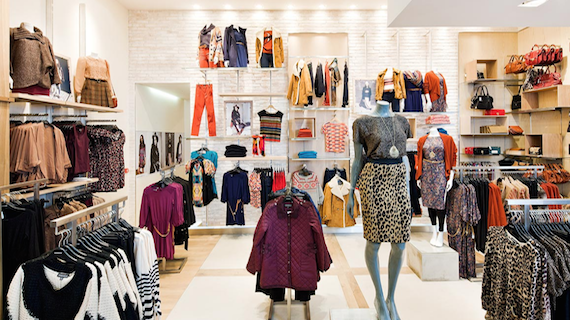
Every day, customers turn to social media to post about brand recommendations, tap into the latest product research and make complaints when they’re unsatisfied and in need of quick assistance.
At virtually every point in their experience with your business, customers become more informed by what is being shared online without having to take your word for why they should trust your brand.
How you engage, listen, learn from, and respond to what they are saying can make a big difference in whether you acquire new happy customers or disappoint existing ones.
To show you how incorporating social media insights across all your departments can contribute to creating a cohesive social media presence and ultimately a more positive customer journey with your brand, we’ll examine five key examples of how it’s done.
PR risk mitigation
Key takeaway: A quick response can save the day
With so many means of online communication now available to us 24/7, news is shared and spread with unprecedented speed. This presents businesses with huge opportunities, but also significant significant dangers.
Second-largest discount retailer in the United States, Target, proved that a timely and sharp-witted response and apology to a customer complaint on Twitter, can turn something potentially negative into a story that amused consumers and saw numerous articles written about their excellent online customer service.
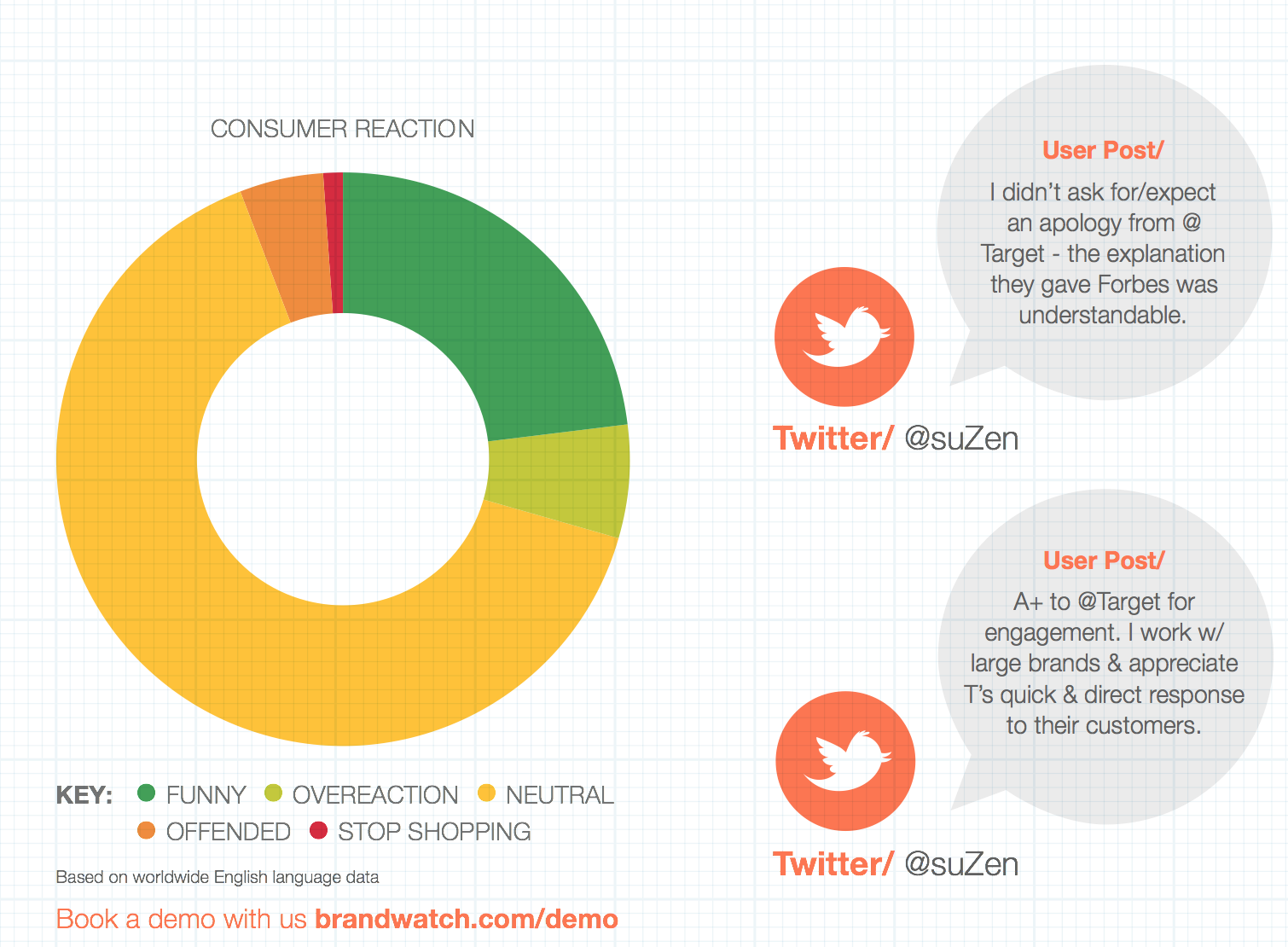
Market testing
Key takeaway: Follow-up ads can capitalise on momentum for buzz volume
As a place where information moves rapidly, the inclination of consumers to discuss ads online makes it the perfect environment for brands to test out campaign ideas before committing significant media spend to them.
Kmart, the third largest discount store chain in the world, took advantage of this opportunity and used social media before deciding to run their “Ship my pants” ad on TV.
In the month after release, the video garnered over 13,000 mentions in social media and over 17 million views on YouTube.
Later on, they released a follow-up ad, “Big Gas Saving”, which saw a much larger reaction in terms of volume of comments on Twitter and coverage by news channels along with the TV exposure.
Campaign effectiveness
Key takeaway: Tracking intent of purchase unravels a new way of calculating ROI on social
Measuring the impact of advertising campaigns is essential in any marketing channel, and social media presents various ways of measuring advertising effectiveness that are not restricted to online initiatives.
Using Brandwatch, we were able to analyse some of H&M’s major campaigns utilizing celebrity spokespeople, in terms of buzz over time, conversation around purchase intent and so on.
One of the most interesting findings was that, in H&M’s campaigns, Beyoncé drove more purchase intent despite Beckham generating more buzz, demonstrating in which ways these celebrities impacted the brand and allowing a better understanding of the potential ROI of each endorsement.
Reputation management
Key takeaway: Monitoring online buzz can surface consumer concerns and potential “unknown unknowns” for a brand
It’s now widely accepted among brand strategy professionals that a brand is not something dictated by a business, but the sum of public perceptions of that business.
Remaining focused on H&M, we’ll investigate one of the most interesting approaches to analyzing brand reputation.
Using Brandwatch’s sentiment analysis, we looked at H&M related conversation in different parts of the world.
Online chatter was most emotive in the UK, with positive comments outweighing negative, consumers in Germany were more neutral whilst Mexico was the most negative toward the brand.
A closer inspection into the higher levels of negativity in Mexico uncovered a theme of concern over uniformity of fashion driven by brands such as H&M.
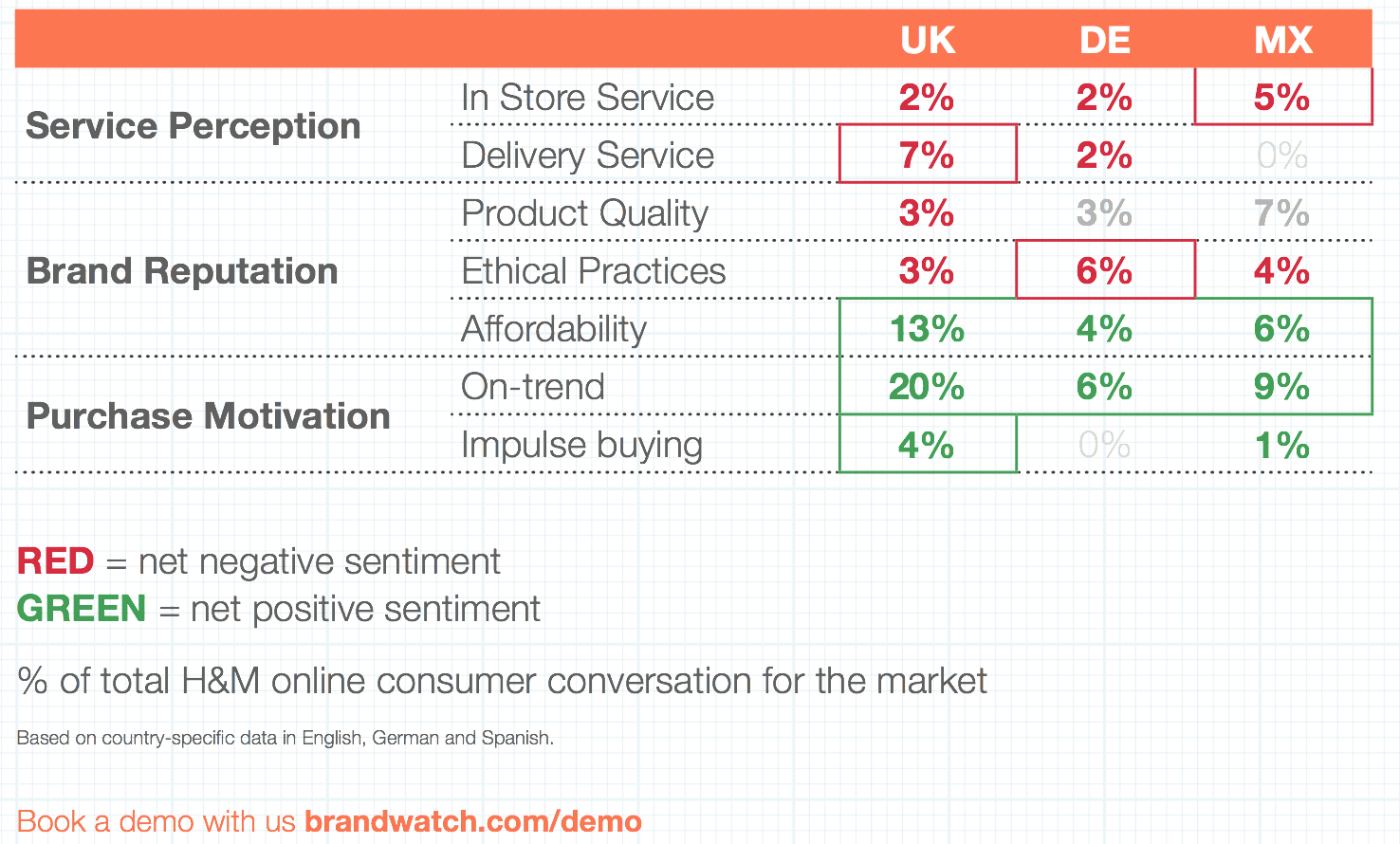
This type of insight can definitely help brands such as H&M shape messaging by being aware of possible concerns/issues in different parts of the world and ensure that variety and individuality are prominent in communications.
Customer engagement
Key takeaway: Analyzing and measuring engagement rates is vital to a successful social presence
When, how, and where to most effectively engage with consumers online is an ongoing challenge for brands. One side of this is customer service, and dealing with incoming inquiries; the other side is engagement, where the prime objective is to build a brand’s awareness and its online community.
Bearing in mind our customer engagement focus, we had a look at ASOS’ and Zappos’ online presence and how they are faring with their engagement strategies.
Using Brandwatch, we saw that ASOS sees the biggest peaks in consumer interaction when running competitions involving hashtags and in sales periods.
However, the main difference between these two brands lies in the reply rate. Benchmarking against Zappos, a U.S. brand with similar credentials, ASOS’s reply rate is relatively low, indicating that improvements could be made to the responsiveness of community managers.
(1809)
